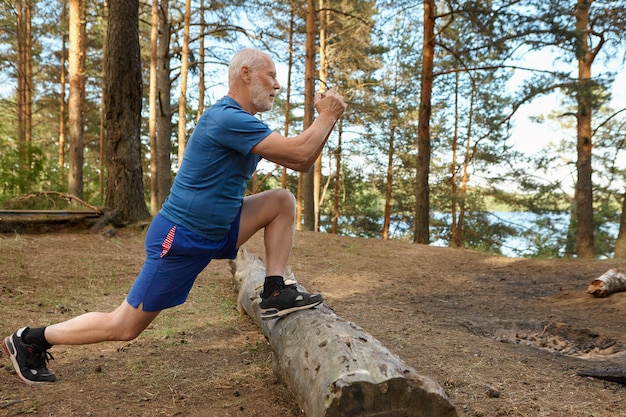Cyclists often focus solely on spinning miles, but integrating running and walking into your routine can significantly boost cardiovascular fitness, strengthen supporting muscles, and prevent overuse injuries. Whether you're cross-training for recovery, building stamina, or simply exploring new ways to stay active, this comprehensive checklist gives cyclists a practical roadmap to success in running and walking.
Cycling is a low-impact, efficient way to build aerobic capacity, but it primarily engages the quadriceps, glutes, and calves in a repetitive motion. Running and walking activate stabilizing muscles, improve bone density, and enhance balance and coordination—areas often underdeveloped in dedicated cyclists.
Incorporating these activities helps break the monotony of training, supports active recovery, and promotes overall athletic resilience. Plus, they require minimal equipment and can be done almost anywhere.

If you're new to impact-based exercise, begin with brisk walking. Aim for 20–30 minutes, 3–5 times per week. Walking builds joint resilience, improves circulation, and prepares tendons and ligaments for higher-impact activity like running.
Invest in supportive running or walking shoes tailored to your gait. Cyclists often have tight calves and strong quads, which can affect foot strike. A proper shoe reduces injury risk and enhances comfort. Replace shoes every 300–500 miles.
Before any session, perform dynamic stretches like leg swings, high knees, and ankle circles. Afterward, cool down with static stretches focusing on hamstrings, hip flexors, and calves—commonly tight areas for cyclists.
Begin running with a walk-run approach. Try 1 minute of running followed by 2 minutes of walking, repeated for 20–30 minutes. Gradually increase running intervals as fitness improves. This method reduces injury risk and builds aerobic endurance sustainably.
Use the 'talk test'—you should be able to speak in short sentences while running. Avoid pushing too hard early on. Keep effort moderate to allow your body to adapt.
Running and walking create micro-tears in muscles and stress joints. Allow at least one full rest day between higher-impact sessions. Pair these activities with foam rolling and hydration to support recovery.
Consistency is key. Use one or more of these tools to stay on track:
Staying motivated is half the battle. Try these proven cues:
| Day | Activity | Duration |
|---|---|---|
| Monday | Brisk Walk | 30 min |
| Wednesday | Run-Walk Intervals | 25 min |
| Friday | Easy Walk | 20 min |
| Saturday | Long Walk or Trail Run | 45 min |
Running and walking aren’t just alternatives to cycling—they’re powerful complements. By following this checklist, tracking progress, and staying motivated, cyclists can enhance their overall fitness, reduce injury risk, and enjoy a more balanced training routine. Start small, stay consistent, and let every step move you toward greater endurance and well-being.

Fitness

Fitness

Fitness

Fitness

Fitness

Fitness

Fitness

Fitness

Fitness

Fitness

Fitness

Fitness

Health

Fitness

Health

Health